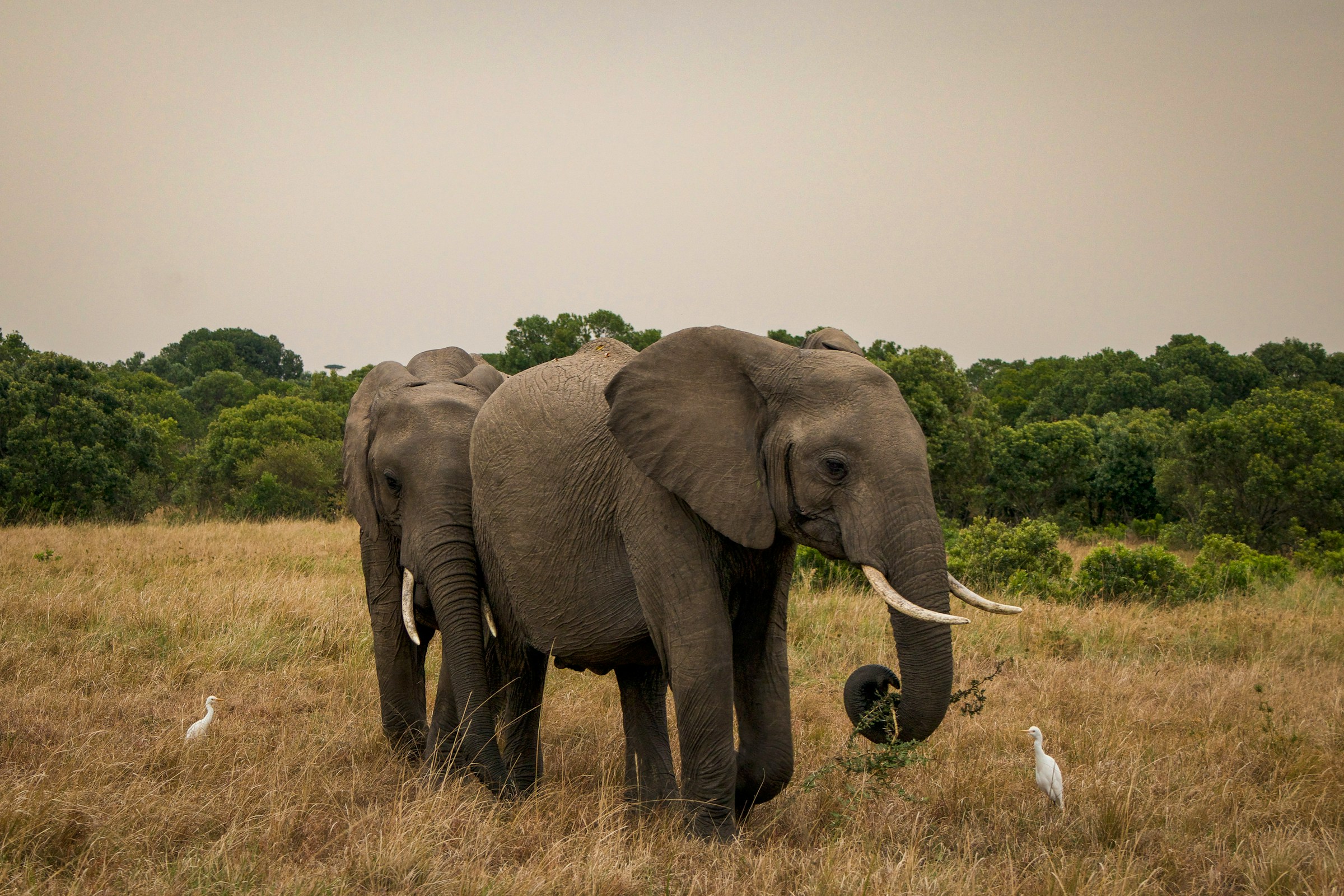But of course - despite incredible technological advances - we’re a long way from that. The great news is that imperfect biodiversity data, collected with scientific integrity over years, is often more valuable than a short-term ‘perfect' snapshot.


That’s exactly what we’re enabling at Okala: helping organisations collect and analyse biodiversity data consistently, rigorously, and at scale. We break the process down for organisations into four key steps: 𝟭. 𝗪𝗵𝘆: Clarifying the purpose of biodiversity monitoring (e.g. baselining, tracking conservation outcomes, environmental impact assessment). 𝟮. 𝗗𝗲𝘀𝗶𝗴𝗻: Developing a biomonitoring plan based on goals, feasibility (financially/statistically), and our multi-method approach to data collection. 𝟯. 𝗜𝗺𝗽𝗹𝗲𝗺𝗲𝗻𝘁𝗮𝘁𝗶𝗼𝗻: Using tools such as satellites, sensors, bioacoustics equipment, and camera traps. 𝟰. 𝗥𝗲𝗽𝗼𝗿𝘁𝗶𝗻𝗴: Employing AI and automation (with humans in the loop) via our leading software platform to help ecologists analyse large volumes of data for measuring biodiversity impact.
Some of the most successful long-term biodiversity monitoring projects are based on what would now be considered out-dated or imperfect methods. But the commitment to consistency and sticking to the plan over time has delivered some of the most exciting insights into how our natural world works, how it’s changing, and how we might better protect it.
